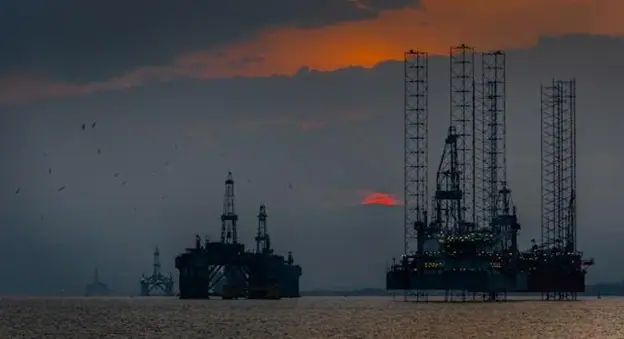Russia Turns Into China’s Gas Station
Russia is betting big on China to replace lost European markets. On September 2, Gazprom confirmed a new agreement to boost supplies through the Power of Siberia pipeline from 38 to 44 bcm annually, and it also signed a memorandum to build the massive Power of Siberia 2 pipeline through Mongolia.
The catch is that the price isn’t set.
For Moscow, the stakes are huge. Before the Ukraine war, Gazprom shipped a record 177 bcm of gas to Europe, but sanctions and energy cuts have slashed that dominance. Europe now takes just 18% of its gas from Russia, down from 45% in 2021, and plans to cut it to zero by 2027. Oil imports have fallen even harder, from 30% to just 3%.
China, meanwhile, is already Russia’s top customer: the biggest buyer of its crude and pipeline gas, second in coal, and third in LNG. The first Power of Siberia pipeline, launched in 2019 under a 30-year, $400 billion deal, is already close to capacity.
Deliveries hit 31 bcm in 2024 and should reach 38 bcm this year. Another Far East route from Sakhalin is being expanded from 10 to 12 bcm by 2027.
The proposed Power of Siberia 2 would be even bigger, carrying 50 bcm annually from Russia’s Arctic fields across Mongolia.
But as Gazprom admits, the price China will pay will be lower than what Europe once paid, distance, terrain, and Beijing’s leverage all play a role.
Politically, the move fits a broader narrative. Presidents Putin and Xi describe their partnership as a “new era” against Western dominance. The U.S., meanwhile, views China as its top competitor and Russia as its biggest state threat.
For now, Russia is leaning hard into Asia. But without Europe’s high-paying market, it risks becoming China’s discounted gas station, powerful on paper, but dependent on Beijing’s terms.



